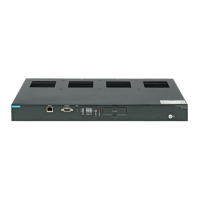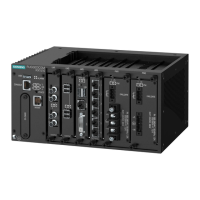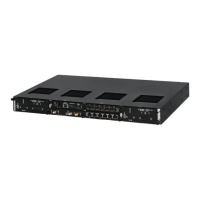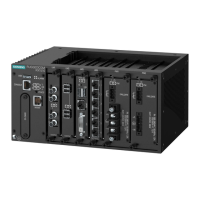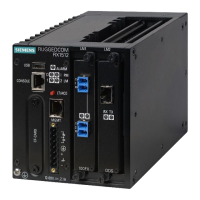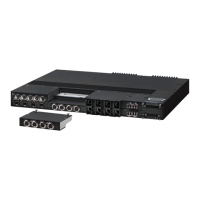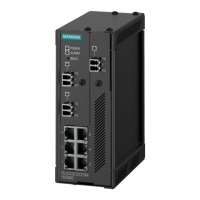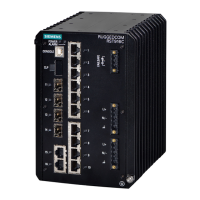RUGGEDCOM ROX II
User Guide
Chapter 5
Setup and Configuration
Deleting an Address for a Private Subnet 637
Section 5.28.10.4
Deleting an Address for a Private Subnet
To delete an address for a private subnet, do the following:
1. Change the mode to Edit Private or Edit Exclusive.
2. Navigate to tunnel » ipsec » connection » {connection} » {end} » subnet, where {connection} is the name
of the connection and {end} is the either the left (local router) or right (remote router) connection end. The
Private Subnet Behind System table appears.
Figure 745: Private Subnet Behind System Table
1. Add Button 2. Edit Button 3. Delete Button
3. Click Delete next to the chosen address.
4. Click Commit to save the changes or click Revert All to abort. A confirmation dialog box appears. Click OK
to proceed.
5. Click Exit Transaction or continue making changes.
Section 5.29
Managing Layer 2 Tunnels
ROX II is capable of extending the range of services that communicate solely via Layer 2 protocols (i.e. at
the level of Ethernet) by tunnelling them over routed IP networks. The Layer 2 Tunnel Daemon supports the
IEC61850 GOOSE protocol as well as a generic mechanism for tunnelling by Ethernet type.
The following sections describe how to configure and manage Layer 2 tunnels:
• Section 5.29.1, “Viewing the Round Trip Time Statistics”
• Section 5.29.2, “Configuring L2TP Tunnels”
• Section 5.29.3, “Configuring L2TPv3 Tunnels”
• Section 5.29.4, “Configuring the Layer 2 Tunnel Daemon”
• Section 5.29.5, “Managing GOOSE Tunnels”
• Section 5.29.6, “Managing Remote Daemons for GOOSE Tunnels”
• Section 5.29.7, “Managing Generic Tunnels”
• Section 5.29.8, “Managing Remote Daemon IP Addresses for Generic Tunnels”
• Section 5.29.9, “Managing Remote Daemon Egress Interfaces for Generic Tunnels”
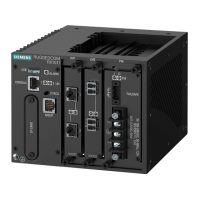
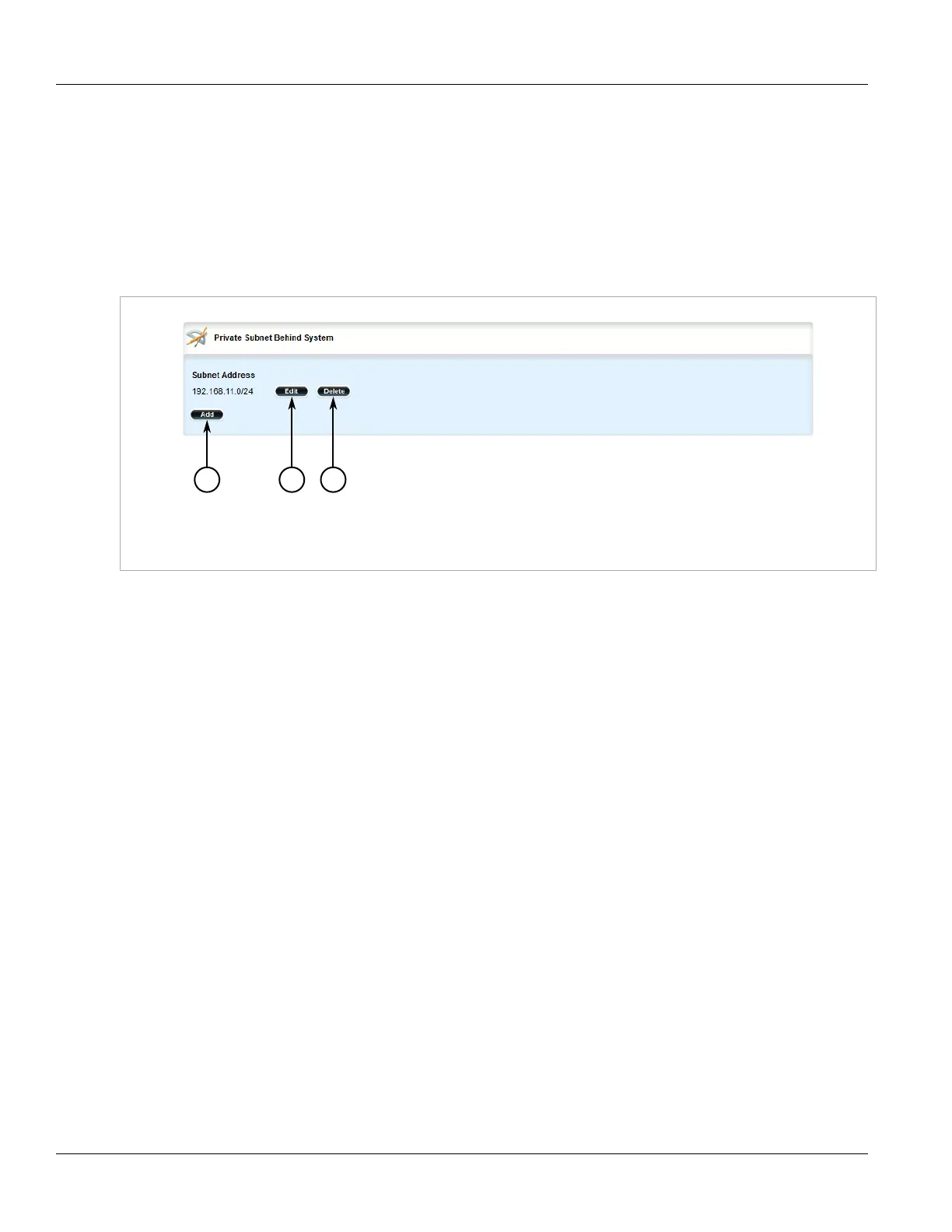